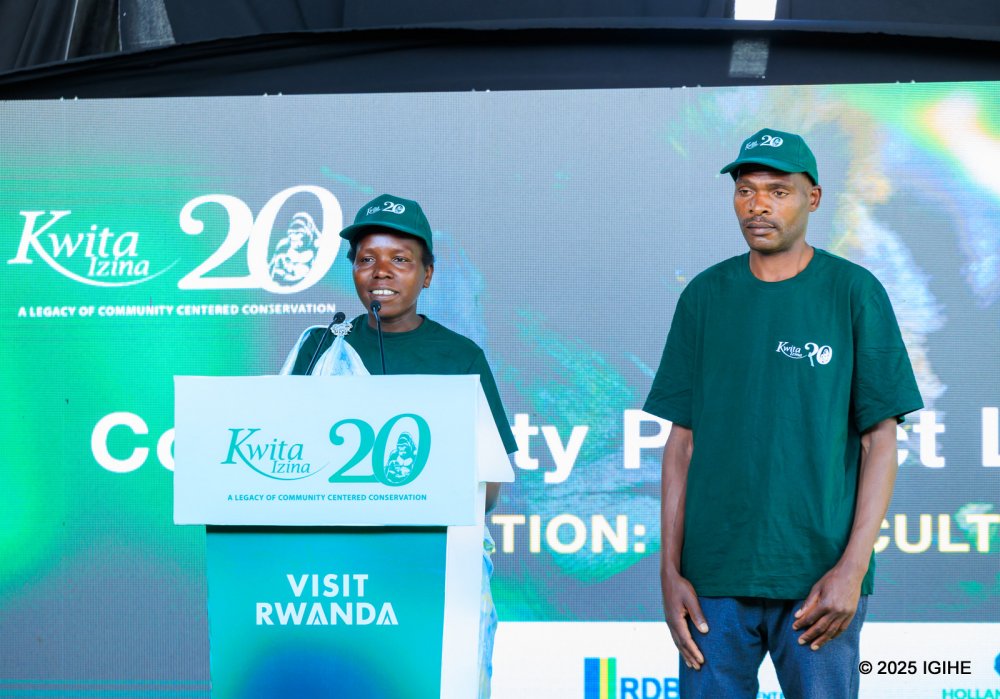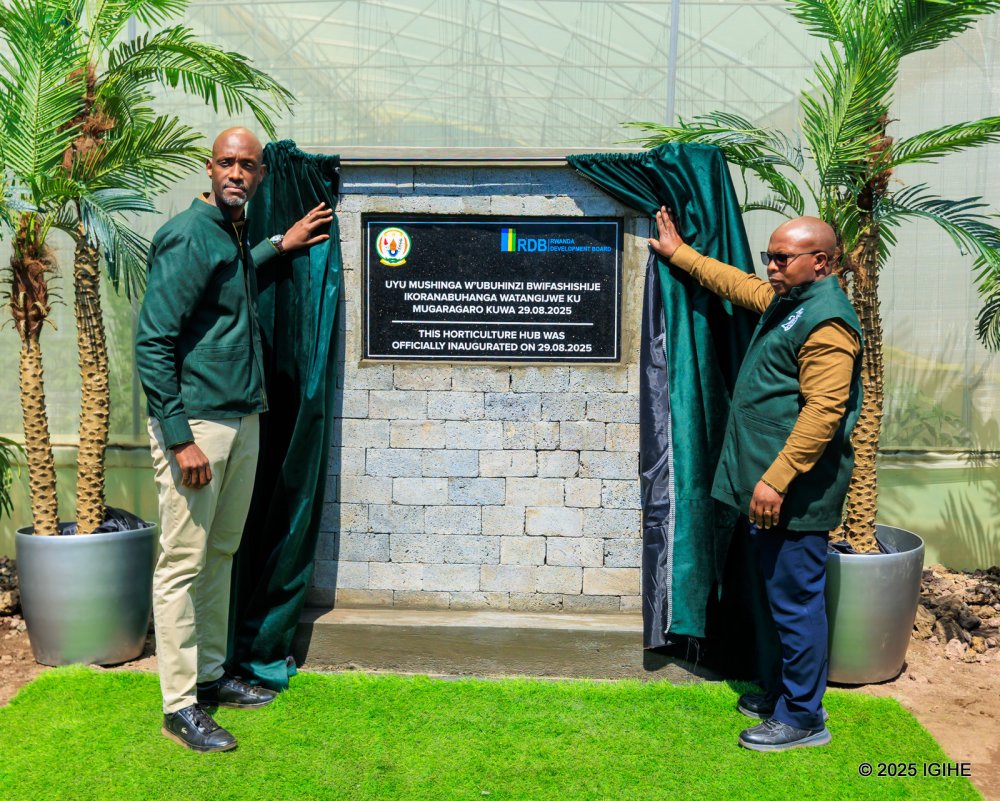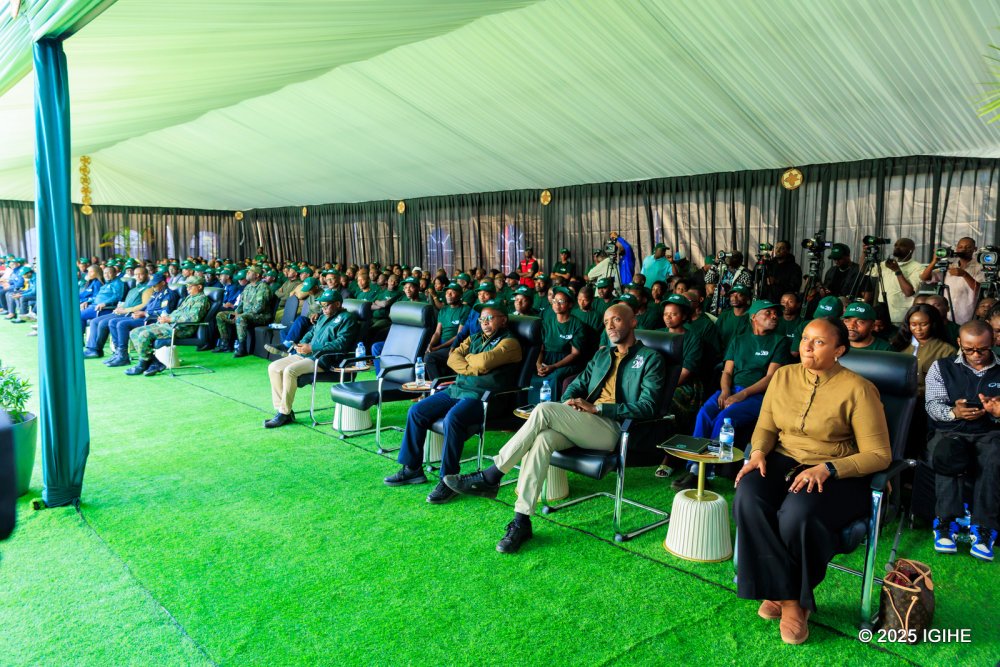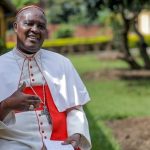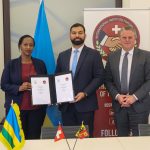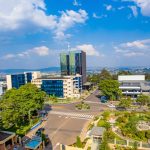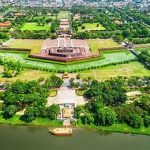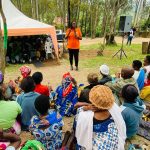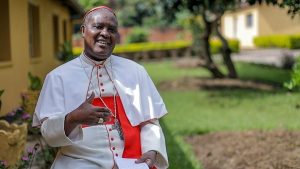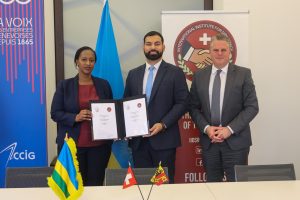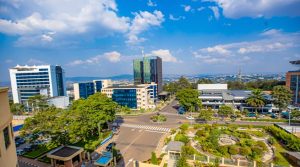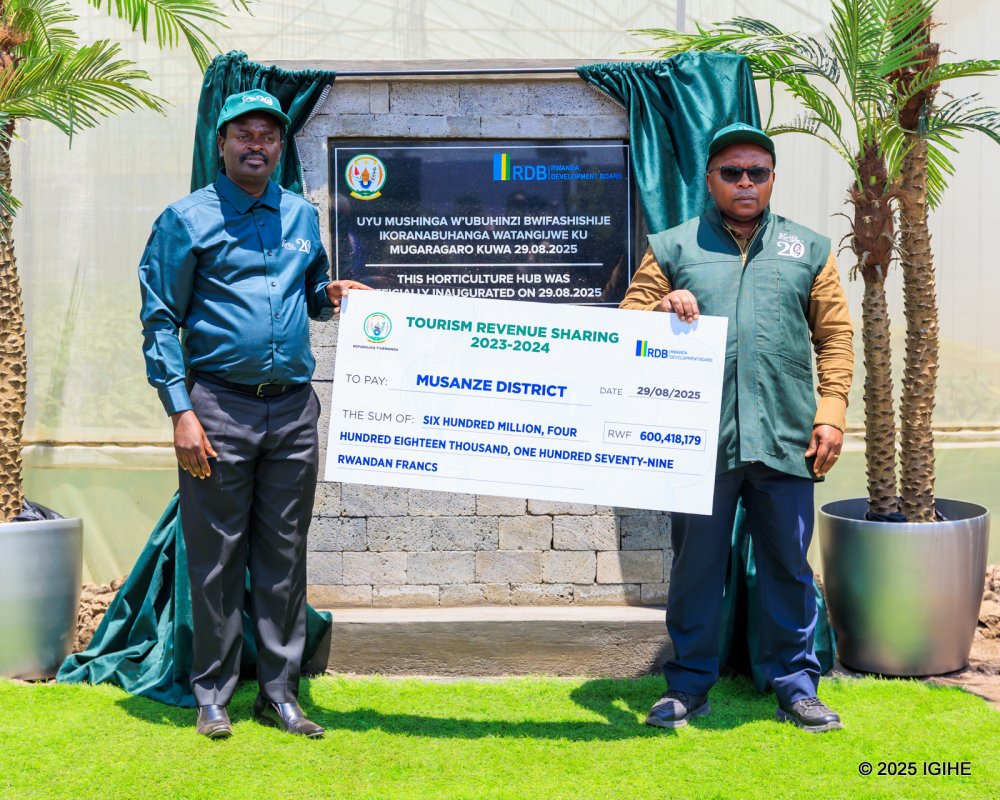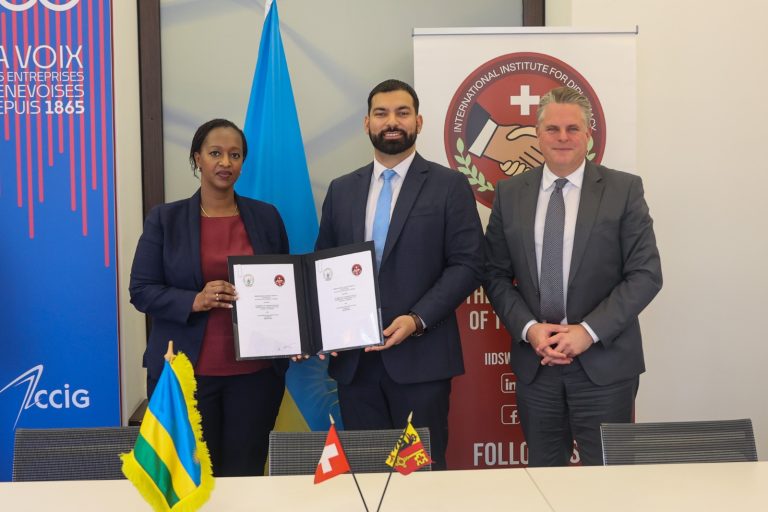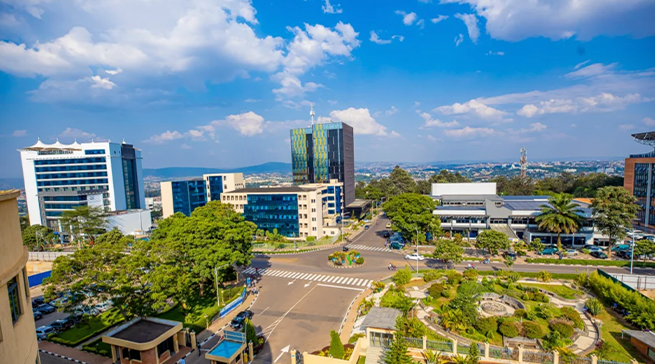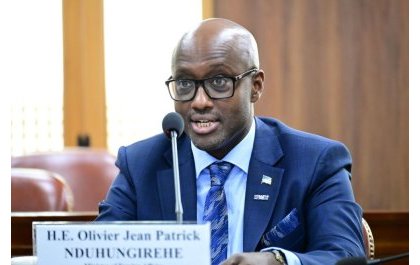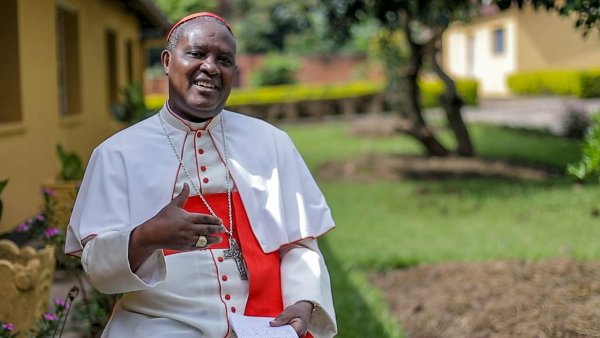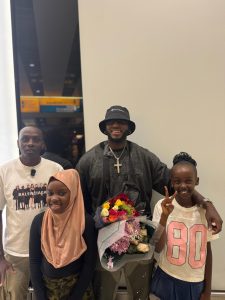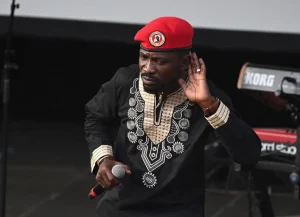The Government of Rwanda has launched a major initiative to expand Volcanoes National Park, beginning with the inauguration of the Kinigi Horticulture Hub in Musanze District. The modern 1,250-square-meter facility specializes in the cultivation of flowers, vegetables, and fruits and is situated on the park’s outskirts.
The horticulture hub marks the first phase of a broader plan to expand the park, with the total project estimated to cost more than $50 million. As part of this stage, a model settlement Smart Green Village will be constructed to accommodate 510 families relocated from areas earmarked for the park’s expansion. The hub, valued at $3.4 million, forms a small but critical component of this village.
Volcanoes National Park, located in northwestern Rwanda, currently covers 16,000 hectares and is home to some of the world’s last remaining mountain gorillas. The planned Smart Green Village will span 50 hectares and feature eco-friendly housing powered by solar energy, alongside systems for water recycling and purification.
In addition to residential areas, the village will have three main economic zones: agriculture, livestock, and tourism. These are designed to generate income while promoting environmental sustainability. At the Kinigi Horticulture Hub, facilities include greenhouses, hydroponic systems, cold storage, and processing units. The first crops passion fruits, tomatoes, and cucumbers were selected for their high market demand and profitability. Annual revenues are projected at 45 million Rwandan francs, compared to operating costs of 11 million francs.
The hub will be managed by the local community through the Volcano Community Association. So far, 211 residents have been trained in modern agriculture, agribusiness management, and food safety. The livestock section will include poultry, sheep, and pig farming, while the tourism component will promote biodiversity conservation, cultural heritage, and handicrafts.
Overall, the park is set to expand by 3,740 hectares a 23% increase helping to ease pressure on gorilla habitats. The expansion project will be implemented in phases over the next 10 to 15 years, requiring a total investment of $230 million from the government, development partners, loans, and grants.
Linking Tourism with Community Development
Speaking at the launch on August 29, 2025, Rwanda Development Board (RDB) CEO Jean-Guy Afrika highlighted the link between tourism and community well-being.
“Our goal is to improve livelihoods, create jobs, and empower youth and women. When tourism grows, so does community development,” he said.
To support this vision, RDB allocated:
.600.4 million Rwf to Musanze District,
.600.4 million Rwf to Nyabihu,
.450.3 million Rwf to Burera, and
.150.1 million Rwf to Rubavu District.
Northern Province Governor Maurice Mugabowagahunde stressed that the initiative officially launches the park’s expansion while addressing challenges such as land scarcity caused by population pressure and conflicts linked to wildlife encroachment.
State Minister for Agriculture Dr. Telesphore Ndabamenye noted that adopting modern farming technologies in Kinigi aligns with Rwanda’s broader agricultural transformation strategy.
“This is a sustainable solution that will ensure consistent production. We will continue to promote improved seeds, fertilizers, irrigation, and market access not only for local demand but also for national and regional markets,” he said.
Tourism Revenue Sharing
For the past two decades, Rwanda has operated a tourism revenue-sharing scheme, allocating 10% of park earnings to projects benefiting communities near protected areas.
According to RDB, more than 18 billion Rwf has funded schools, housing, health centers, agriculture, livestock, and conflict-reduction programs between communities and wildlife.
In 2025 alone, 83 community projects worth over 4 billion Rwf were implemented across 14 districts. For the 2025–2026 fiscal year, contributions are expected to exceed 5 billion Rwf.
Author: Justinmind HARERIMANA
